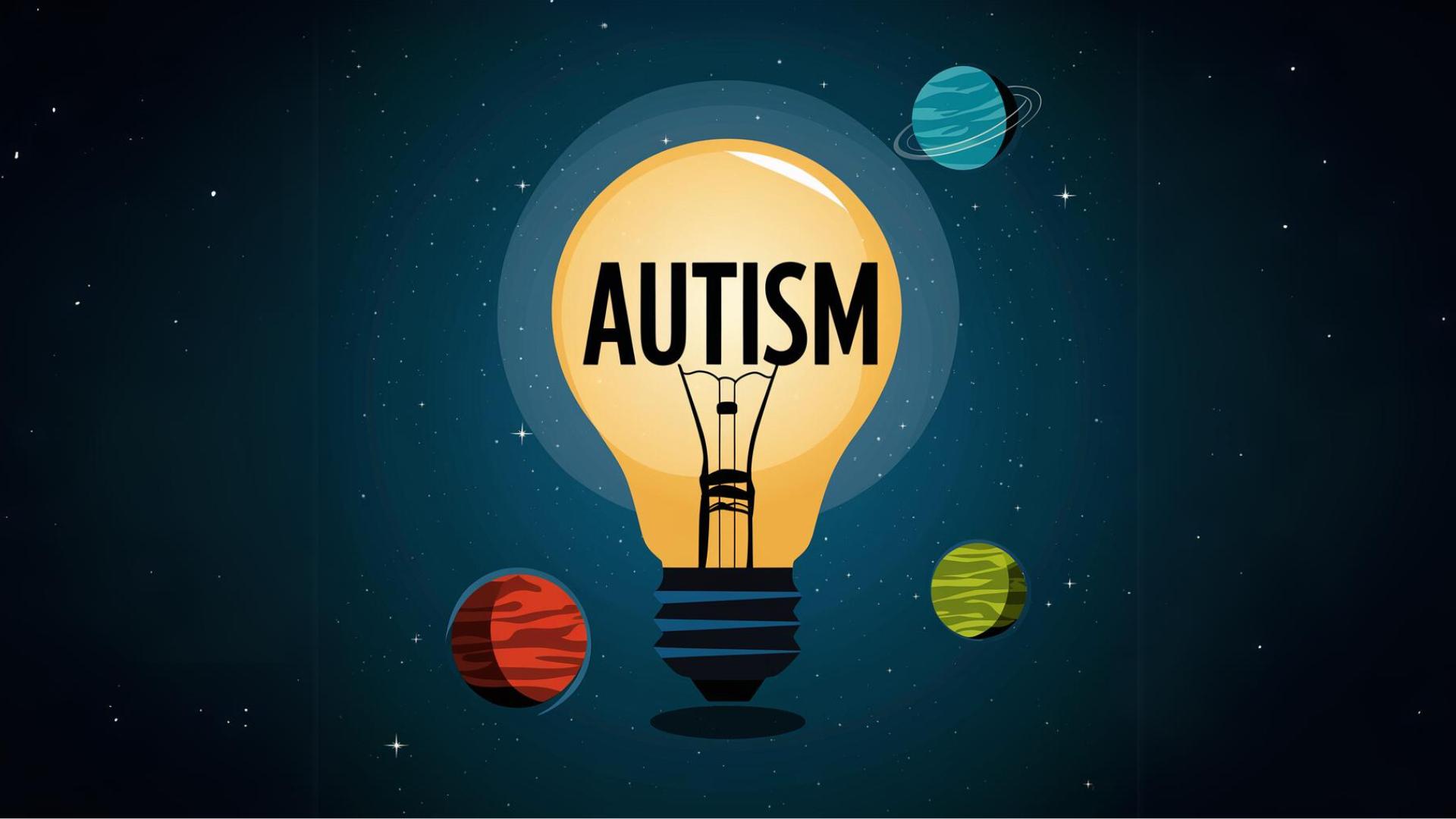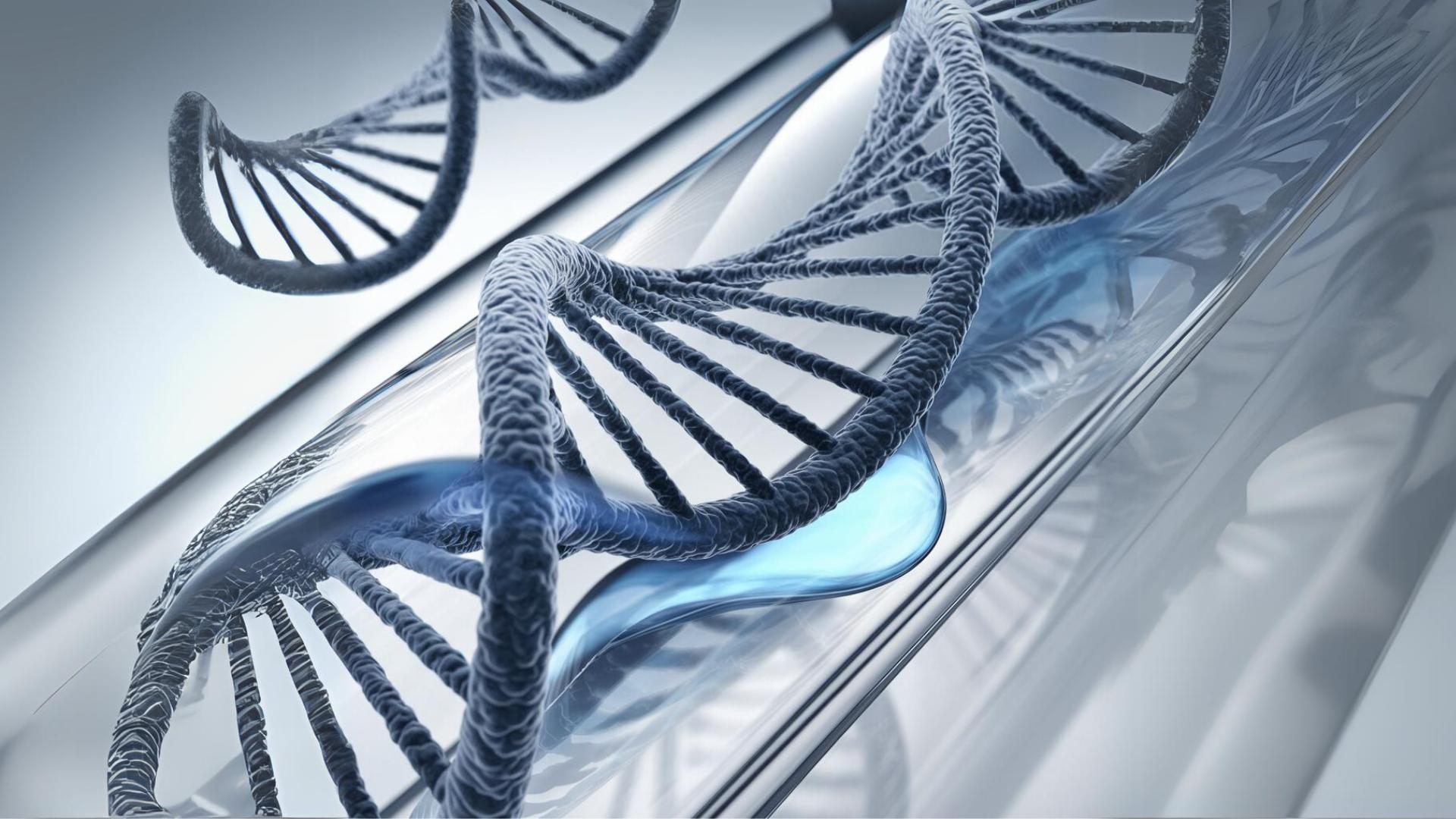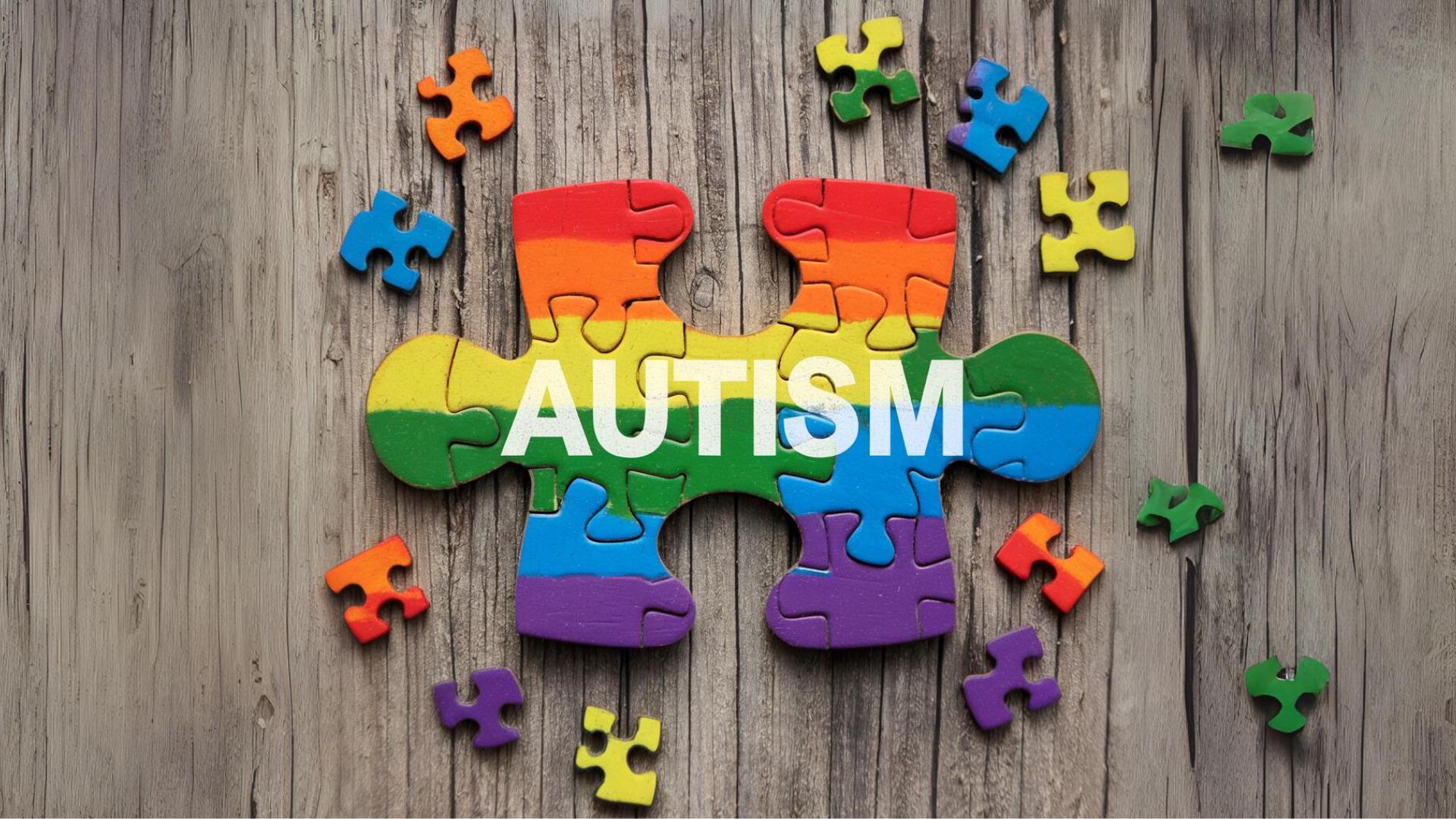Autism, or Autism Spectrum Disorder (ASD), is a complex neurological and developmental condition that affects how a person perceives and interacts with the world.
It is characterized by challenges in social skills, repetitive behaviors, speech, and nonverbal communication. Symptoms can vary widely.
The Rising Prevalence of Autism

Over the past few decades, the number of children diagnosed with autism has been steadily increasing. Today, it’s estimated that about 1 in 36 children in the United States is on the autism spectrum. This rise in diagnoses might be due to better awareness, improved diagnostic tools, or even changes in environmental factors.
As more children are identified with autism, researchers are working harder than ever to understand what might be causing this condition and how we can better support those who have it.
The Causes of Autism: A Complex and Ongoing Quest

The exact causes of autism remain a mystery and are the subject of ongoing research. Scientists believe that autism is likely caused by a combination of genetic, environmental, and biological factors. For example, certain genes may increase the risk of autism, but these genetic factors alone don’t explain everything.
Environmental influences, like exposure to certain chemicals during pregnancy, complications at birth, or infections, might also play a role. The complexity of autism means that researchers are constantly studying different factors to piece together how they interact and contribute to the development of ASD. This ongoing research is crucial because understanding the root causes of autism could lead to better ways to prevent, diagnose, and treat it.
The Role of Genetics in Autism

Genetics play a significant role in the development of autism. Research has shown that certain genetic mutations and variations are associated with a higher risk of ASD. For example, changes in genes that influence brain development and function can make someone more susceptible to autism. It’s also common to see autism running in families, which suggests that inherited genes might contribute to the condition. However, the relationship between genes and autism isn’t straightforward.
Not everyone who carries these genetic mutations will develop autism, which indicates that other factors, like the environment, might interact with these genes. Scientists are working to identify specific genetic patterns that could help predict the likelihood of autism, potentially leading to earlier diagnosis and personalized treatments. Despite the progress, there’s still much to learn about how genetics contribute to the wide range of symptoms seen in autism.
Environmental Factors and Autism

Alongside genetics, environmental factors are also being closely studied for their potential role in autism. Researchers are investigating how various prenatal exposures, such as a mother’s diet, medications, or illnesses during pregnancy, might influence the development of ASD. For instance, some studies suggest that exposure to certain chemicals or pollutants, like heavy metals or pesticides, could increase the risk.
Other research focuses on factors like advanced parental age, complications during birth, or low birth weight, which might also contribute. The timing of these exposures is critical—certain stages of pregnancy might be more sensitive to environmental influences.
Critical

Scientists are looking closely at certain nutrients and dietary components that play a crcial role in brain development. For example, omega-3 and omega-6 fatty acids, which are found in foods like fish, nuts, and seeds, are essential for the growth and function of the brain. Some studies suggest that imbalances in these fatty acids during pregnancy might affect how the brain develops, potentially increasing the risk of autism. There’s also interest in how other nutrients, such as vitamins D and B12, or folic acid, might influence this risk.
While it’s still early days, researchers are hopeful that understanding these links could lead to dietary recommendations for expectant mothers that might help lower the chances of autism in their children. This area of research is growing, with scientists eager to uncover how what we eat might shape the brain’s development before birth.
The Big Discovery

A groundbreaking study from the University of Fukui in Japan has highlighted a potential link between fatty acids in umbilical cord blood and the development of autism. The researchers focused on polyunsaturated fatty acids (PUFA) and their metabolites, particularly a compound called dihydroxy-eicosatetraenoic acid (diHETrE), which is derived from arachidonic acid.
They found that higher levels of diHETrE in the umbilical cord blood were strongly associated with more severe autism symptoms, including greater difficulties in social interaction and adaptive behavior. This connection was especially pronounced in girls, suggesting that fatty acids might influence autism symptoms differently based on gender.
A Broader Look: PUFA and Autism Research

Building on this, another study published in _Molecular Autism_ explored the role of polyunsaturated fatty acids (PUFA) and their metabolites during pregnancy. It found that these compounds are crucial for fetal brain development, and imbalances could contribute to the development of ASD.
While this research is still in its early stages, it opens up exciting possibilities for understanding the biological factors that contribute to autism and developing strategies to mitigate its impact.
The Importance of Early Detection

Detecting autism early is crucial because it allows for timely support and interventions that can make a big difference in a child’s development. When autism is identified at a young age, therapies can begin sooner, helping children develop important social, communication, and learning skills. Early detection can also guide parents and caregivers in understanding how to best support their child’s unique needs.
Research into biomarkers, like the fatty acids mentioned in recent studies, could make it easier to identify autism even before symptoms fully appear, paving the way for earlier and more effective treatment
Prevention and Intervention

The findings from recent studies suggest new ways to potentially prevent or reduce the impact of autism. By understanding how fatty acids and other nutrients affect brain development, researchers hope to create strategies, like special diets or supplements, that could lower the risk of autism.
If we can identify and manage these factors early on, we might be able to prevent some of the challenges associated with autism or help children develop more effectively. This area of research is still developing, but it offers hope for new approaches to support children at risk of autism.
Gender Differences in Autism

Recent studies have found that autism can affect boys and girls differently. For example, research shows that certain fatty acids in the blood might have a stronger impact on social difficulties in girls than in boys.
This suggests that boys and girls might need different types of support and interventions. Understanding these gender differences is important because it could lead to more personalized approaches to helping children with autism, ensuring that both boys and girls get the specific help they need.
Future Directions in Autism Research

The link between fatty acids and autism is still an emerging field of study, and much more research is needed.
Future studies will likely focus on how these compounds interact with genetic and environmental factors, aiming to uncover more precise mechanisms behind the development of ASD.

